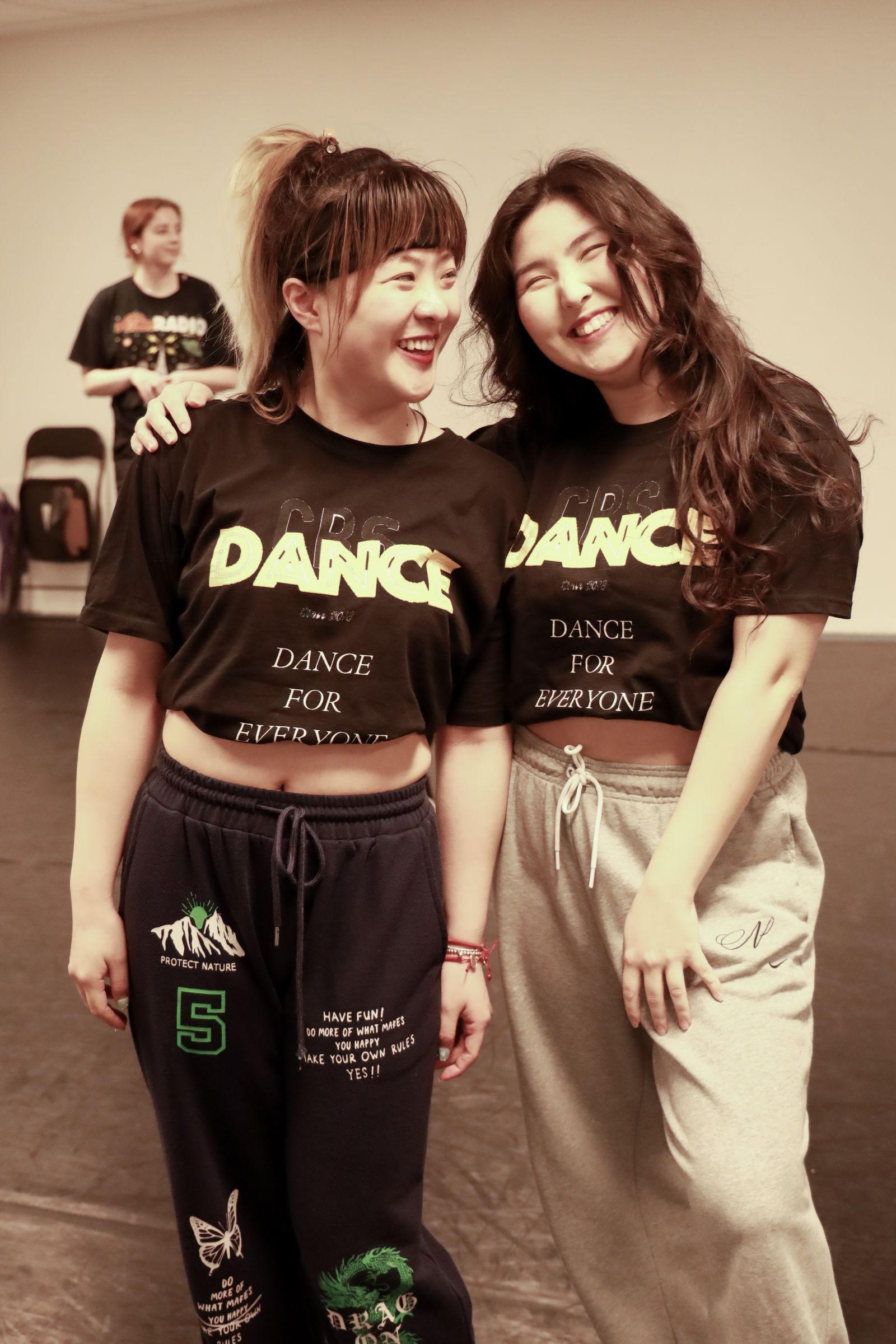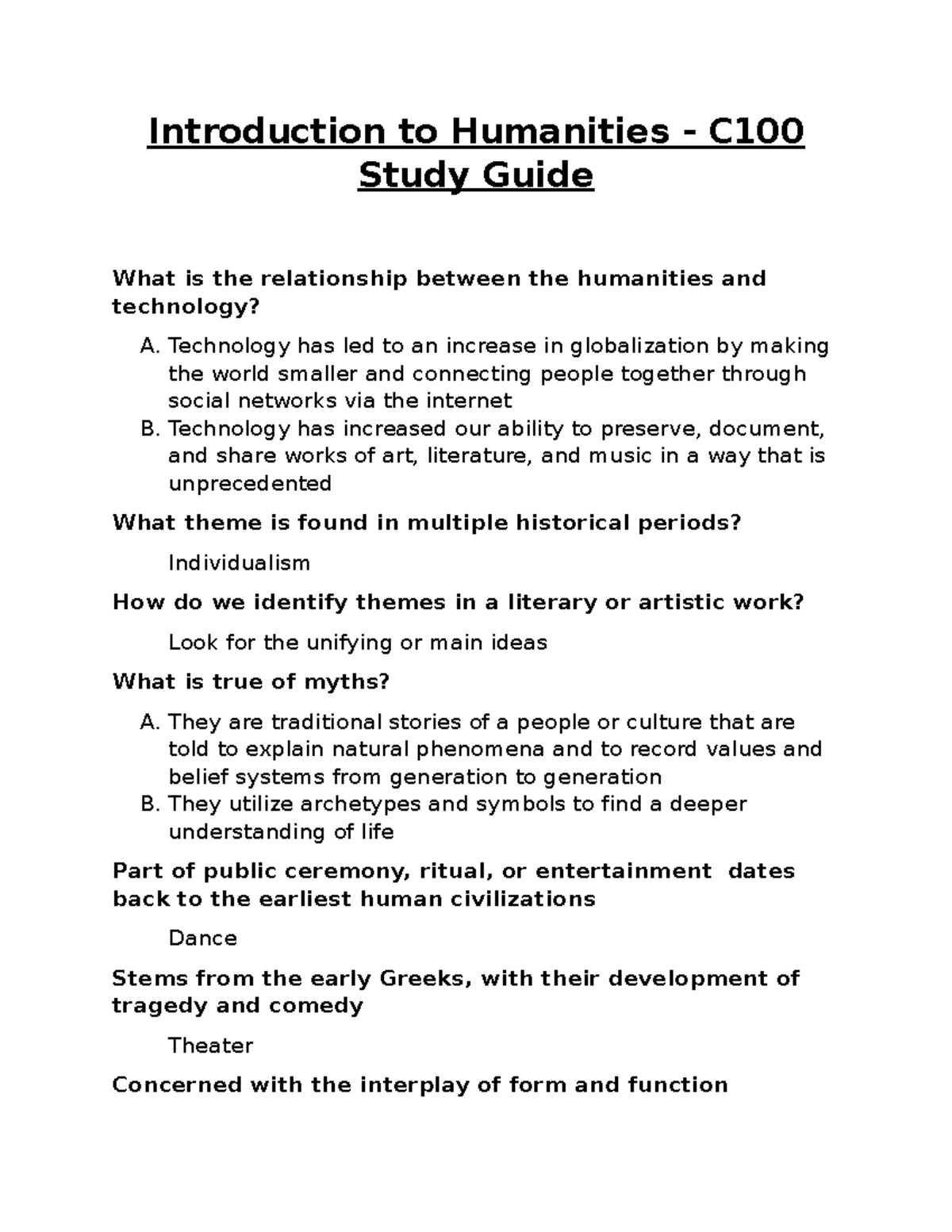In a world where we often hold back our true expressions, the idea to “dance like someone’s watching” becomes not just a call to abandon self-consciousness but a celebration of artistic freedom. Embracing dance, whether through fluid movements or intricate dance techniques, allows individuals to engage with their innermost emotions and stories. Imagine finding release on the dance floor, casting off the weight of societal expectations and enjoying the pure joy of dancing for yourself. Dance tips often emphasize the importance of connecting with your body, and it’s in this connection that spiritual dancing shines, transforming your experience into something almost transcendental. So, let each twirl and sway echo the sentiment that in dance, it’s not about looking good; it’s about feeling free.
If you’ve ever felt the urge to perform or express yourself through movement, the concept of ‘moving as if an audience is present’ resonates deeply. This notion, often associated with unrestricted self-expression, aligns perfectly with the beautiful and liberating practice of letting go on the dance floor. Also referred to as embracing physicality, this form of self-release enables individuals to explore various genres of movement, be it modern or traditional. Engaging in these artistic expressions invites dancers to tap into their spiritual selves, unlocking a realm of emotions waiting to be shared. Thus, the essence of movement becomes a powerful tool for personal discovery and connection, reminding us that the dance we embody is a direct reflection of our innermost selves.
Embrace Your Inner Dancer: The Freedom of Expression
Dancing is not just a means of expression; it is a pathway to freedom. When you step onto the dance floor, every movement speaks volumes without uttering a single word. To embrace dance is to allow your body to tell your story—an intricate dance of emotions, memories, and aspirations laid bare for all to see. The beauty of this expression lies in its authenticity; it offers a rare opportunity to explore the depths of our being without fear of judgment. So, whether you’re swaying to the rhythm of a soothing ballad or breaking a move to an upbeat track, remember that dance is your space to articulate the beautiful chaos that resides within you. It’s about letting go, moving your body in ways that feel right, and celebrating the intent behind every step.
In courses focused on movement and creativity, instructors often emphasize the significance of embracing this freedom. Students are encouraged not merely to mimic dance techniques but to dive deeply into their own styles, refining their unique voices through movement. As they learn various dance styles—from traditional ballet to contemporary hip-hop—the focus becomes less about technical perfection and more about personal expression. At the core of this philosophy is the belief that each dancer’s experience is valid and worthy, emphasizing that there’s no single “right” way to dance; what matters most is that you dance freely and joyfully.
Furthermore, engaging in spiritual dancing often enhances this feeling of freedom. Spiritual dance goes beyond the physical and taps into the essence of the soul. It’s a practice that invites dancers to connect to their spirit through movement, transcending the mundane and entering a space filled with pure energy. The meditative aspects of spiritual dancing can invoke feelings of happiness and enlightenment, allowing dancers to recall their innate joy amidst life’s chaos. By allowing ourselves to dance like someone’s watching, we not only unlock our creative potential but also connect deeply with our inner selves and the collective human experience.
Unlocking the Power of Dance Techniques
Understanding and applying dance techniques can significantly enhance your ability to express yourself on the dance floor. As you learn the fundamental principles of dance, integrating various styles and techniques into your repertoire can elevate your performances. Whether it’s mastering the isolation techniques of hip-hop or the grace and fluidity of contemporary dance, these techniques allow individuals to create dynamic movement that captures attention. Moreover, refining your dance techniques requires practice, patience, and an eagerness to learn, leading to a fulfilling journey where progress is celebrated and growth is embraced.
One technique worth exploring is improvisation, which encourages dancers to move spontaneously without preconceived notions or restrictions. This form of dance is particularly liberating, as it allows for authentic self-expression and fosters a deeper connection with one’s body. In classes, instructors may guide dancers through improvisational exercises that challenge them to react to different music styles or emotional themes. This not only hones dancers’ skills but also encourages them to trust their instincts and express their individuality through movement, showcasing the beauty that each dancer brings to the floor.
Moreover, alongside technical skills, embodying the essence of dance involves understanding the connection between body and spirit. Dance is transformative, and the ability to harness movement as a means of spiritual exploration can deepen your experience. Choreographers often weave storytelling into their routines, inviting dancers to explore emotions through various dance techniques. The result is a performance that captivates the audience, allowing them to feel the joy and struggles embedded in each movement. By immersing yourself in these techniques, you not only enhance your dance skills but also discover a deeper understanding of yourself and the narratives we share through our bodies in the world of dance.
Dance Like Someone’s Watching: Let Go of Your Inhibitions
To dance like someone’s watching means to abandon your inhibitions and fully embrace the moment. When you allow yourself to dance freely, without the constraints of judgment, you tap into a reservoir of self-expression that can be both exhilarating and enlightening. This philosophy encourages dancers to let go of their fears and expectations, embracing their unique artistry and movement. The exciting part of this liberation is that it becomes a celebration of self, a testimony to the resilience and beauty of the human spirit. Taking on the stance of a performing artist encourages you to channel your energy, igniting passion and allowing you to showcase your authentic self without restraint.
Jeffrey L. Page, in his dance classes, emphasizes the importance of this principle by creating an atmosphere that urges students to release their anxieties surrounding performance. Through exercises designed to promote spontaneity, Page inspires students to encounter the joy of unexpected movement. These moments can be transformative; whether it be celebrating a breakthrough in technique or seizing a moment of inspiration, the essence of “dancing like someone’s watching” imbues every step with meaning, forging a more profound connection between the dancer and the audience.
Moreover, the process of dancing for an audience encourages a heightened sense of awareness and engagement. This connection is not merely about performance for perfectionist standards; it’s about sharing energy and life through movement. Whether in an intimate setting or a grand stage, every dancer holds the innate capability to captivate through authentic expression. The joy lies in modesty and pleasure, showcasing that you are not just performing but inviting others to experience your journey. Thus, in embracing the idea of dance as if someone’s watching, one transcends mere performance, creating an environment where artistic freedom thrives.
Finding Your Dance: Techniques to Connect with Your Spirit
Journeying into dance often begins with connecting deeply to your inner self, and this connection allows the dance to blossom. Techniques like breathing exercises and mindfulness practices constitute vital warm-up routines not only for the body but for the spirit as well. Establishing this initial connection sets a foundation for unlocking movement potential through artistic expression. By focusing on your breath and tuning into your body’s sensations, you can enhance your awareness of how you move. This awareness enables dancers to engage with their spirituality through movement, facilitating a more profound and enriching experience on the dance floor.
Engaging in spiritual dancing can enhance emotional well-being. Many find solace in allowing themselves to move freely and connect with their emotions as they dance. Music’s rhythmic patterns often lead to spontaneous movements that resonate with our feelings, accentuating the dance experience. This connection allows dancers to express themselves authentically and tap into the joy and release that comes with spiritual dancing, making it an ideal practice for those searching for deeper meaning in their movements.
Finding your specific dance style and technique is essential in enhancing that connection. Students might explore various forms of dance—each expressing different elements of themselves. Styles like contemporary modern dance emphasize fluidity and adaptability, encouraging spontaneity, while traditional forms focus on precision and technique. Regardless of the style, discovering the dance that resonates with your soul brings a sense of liberation—an opportunity to express vulnerabilities and triumphs through body movement. As you find your unique voice, you practice being unfiltered and unashamed on the dance floor, fully embracing who you are—not just as a dancer but as a spiritual being experiencing life through rhythm.
The Spiritual Dimension: How Dance Transforms the Soul
The spiritual aspect of dance extends well beyond physical movement. Engaging in dance can be a profound spiritual experience, allowing individuals to express transcendence and connect with their innermost feelings. The practice of spiritual dancing can create a transcendent experience, linking mind, body, and spirit in unity. This connection ushers in a sense of happiness and fulfillment, often compared to the traditional concept of ‘catching the holy ghost’ during a spirited performance. By incorporating movement into spiritual practice, dancers can access transformative experiences that lighten their hearts and open their minds to the infinite possibilities of expression.
Moreover, dancing within a spiritual context creates communal bonds. Concerts or dance gatherings encourage participants to join as a collective, celebrating individual and group movements. The shared experience gets elevated as participants lose themselves in dance, mirroring the communal attributes found in traditional practices like djine foly. Sharing emotional moments and collective energy becomes a powerful tool in creating joy, healing, and understanding—a true testimony to that dance can inspire in our lives.
Furthermore, the exploration of spiritual dance also highlights the connection with various cultural traditions. Many cultures incorporate spiritual practices into their dance forms, linking community rites and celebrations to movement. Through cultural dances, communities practice their heritage, tell stories, and pass down ancestral wisdom. By understanding these connections, dancers can appreciate the depths of expression garnered from spiritual dance forms. Engaging in this artistic exploration allows them to transform not only their own journey but also connect with a larger narrative—one that recounts the fusion of dance as a hyperbole of life’s rhythm.
Finding Release: The Power of Dance to Alleviate Stress
One of the most profound benefits of dance is its ability to provide release. Dance serves as a cathartic outlet for stress and pent-up emotions, facilitating healing through movement. Whether you’re channeling your frustration into powerful dance moves or expressing joy with lively, spontaneous expressions, dance allows the body and mind to let go of burdens that weigh heavy on our shoulders. As Jeffrey L. Page passionately explains, sometimes, you simply have to shout to release the tension built up in your logical mind. It’s crucial to remember that the focus isn’t on perfection; it’s on the concept of letting the rhythm guide you, leading to a deeper sense of relaxation and relief.
Instructors like Page create environments where individuals feel safe to explore and unleash their emotions through energetic movement. By providing supportive classes, dancers learn to prioritize personal enjoyment over judgment—where every shout, every jump, and every creative expression is celebrated. The experience of shattering the confines of fear and expectation while immersed in dance encourages students to adopt a new mindset toward their own bodies and feelings, resulting in a remarkable transformation that translates into daily life.
The escalating tension of modern life often necessitates outlets of release, and dance is the embodiment of that necessity. By scheduling time to engage in regular dance practice, one incorporates a powerful routine that serves not only physical fitness but emotional well-being as well. Termed ‘spontaneous self-expression,’ this approach promotes creativity and reduces stress. Dance allows individuals to tune in to their bodies, reinforcing self-care rituals that invigorate the spirit and refresh the mind. From informal living room dance sessions to organized classes, the act of dancing reduces anxiety and fosters a mental clarity that countless individuals have come to rely on for achieving balance.
Dance Techniques for Self-Discovery and Growth
Dance serves as an extraordinary medium for self-discovery and growth. Through an exploration of various dance techniques, individuals can uncover new aspects of their identity and begin to understand their emotional landscapes. By participating in diverse styles—from jazz to ballet—dancers can tap into different facets of their personalities, enriching their overall personal development. Dance encourages not only physical growth but artistic creativity and emotional understanding as well. Each movement and technique learned opens doors to enhanced self-awareness and acceptance, paving the path for a deeper connection with oneself.
As you delve deeper into your dance journey, the examination of your movement begins to reveal patterns and inner dialogues that reflect your self-perception. This highlights how the integration of dance techniques fosters an environment conducive to personal growth. Many dancers find that engaging in rehearsals or performances challenges them beyond their comfort zones, pushing the boundaries of what they thought was possible. Through practice and exploration, the layers of the self become more visible, unveiling strengths and resolving insecurities in the process.
Ultimately, the blending of dance techniques with self-discovery promotes a sense of empowerment. Participants in dance programs often find themselves improving their confidence as they learn to express themselves more fully. This realization ignites a passion for dance, instilling a lifelong love for movement and personal expression. As students progress, they begin to appreciate the journey more than the destination, embracing the process of becoming the artists they aspire to be. The potential for growth through dance is limitless, promising profound discoveries that inspire individuals to share their story with the world.
Frequently Asked Questions
What are some dance tips for embracing dance like someone’s watching?
To embrace dance like someone’s watching, focus on expressing your feelings authentically. Remember that dance is a form of personal storytelling; let your movements reflect your emotions without the fear of judgment. Additionally, practice improvisation techniques to enhance your fluidity and confidence in movement. Let go of perfectionism; it’s more about feeling the rhythm and freedom of expression.
How can I use spiritual dancing to dance like someone’s watching?
Spiritual dancing encourages you to connect deeply with your inner self, which can enhance your overall performance. To dance like someone’s watching, immerse yourself in the music and allow the spiritual aspects of dance to guide your movements. Try to achieve a trance-like state through rhythmic movements and breath, letting go of inhibitions and encouraging a genuine expression of joy and freedom.
What are some effective dance techniques for dancing like someone’s watching?
Effective dance techniques for dancing like someone’s watching include strong body language and eye contact, which convey confidence and engage an audience. Additionally, focus on the dynamics of movement; vary your speed and intensity to add interest and emotion to your dance. Use your whole body to tell a story, and remember to incorporate elements of improvisation to keep your performance lively and genuine.
How can I find dance freedom and release while dancing like someone’s watching?
To find dance freedom while dancing like someone’s watching, allow yourself to be fully present in the moment. Release any self-consciousness by focusing on the music and your body’s instinctive response to it. Engage in warm-up exercises that promote relaxation and expression. Join group classes that emphasize communal dance, where the energy of others can help dissolve your inhibitions and encourage ecstatic movement.
Why is it important to dance like someone’s watching?
Dancing like someone’s watching is important because it encourages self-expression and authenticity. When you dance freely, you allow your authentic self to shine through, which can be liberating and empowering. This mindset can transform dance into a joyful celebration of your identity and emotions, making your performances more captivating and relatable to others.
| Key Aspect | Details |
|---|---|
| Choreographer’s Insight | Jeffrey L. Page discusses the importance of being seen while dancing, emphasizing that one shouldn’t worry about looking good. |
| Cultural References | The concept of ‘djine foly’ from Malian culture highlights the spiritual aspect of dance and its ability to induce a trance-like state. |
| Emotional Release | Dance is presented as a medium for catharsis, akin to finding the perfect sentence after hours of writing. |
| Community Aspect | Dancing is framed as a communal act where personal joy and spiritual experiences are shared. |
| Instructional Approach | In Page’s classes, participants are encouraged to release their worries and simply dance, creating a liberating environment. |
Summary
To dance like someone’s watching is to break free from self-consciousness and embrace the joy of movement. In the vivid words of choreographer Jeffrey L. Page, dancing should be an expression of being seen— it’s about the release of emotions and the sharing of joy, rather than the pursuit of perfection. As we channel our inner djinn and let go, we find ourselves in a trance of happiness and spiritual connection. Ultimately, dancing like someone’s watching invites us to celebrate ourselves and our communities, allowing each movement to tell our unique story.



